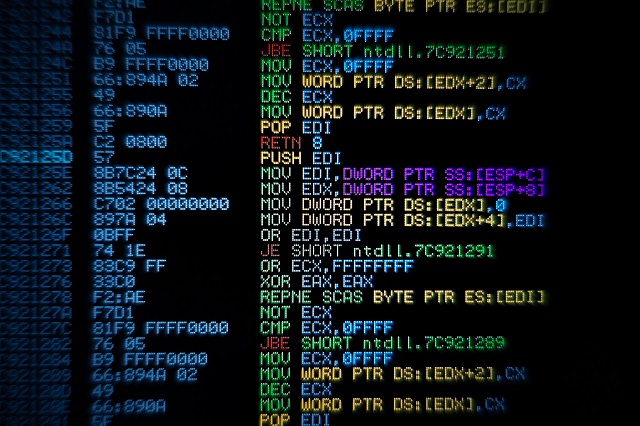This article describes the basic usage, effects, principles, and restrictions of the parallel acceleration technologies provided by MySQL at the InnoDB layer.

This article introduces the concurrent access control features of MySQL database systems, specifically focusing on page-level and row-level concurrent access control.

This article aims to focus on the core functionalities of the Buffer Pool, providing an introduction to its interfaces, memory organization, page retrieval, and flushing.

This article introduces the structure and usage of InnoDB memory. The code is based on version 8.0.25.

This article introduces the memory allocation manager at the InnoDB layer and the SQL layer, including ut_allocator, mem_heap_allocator, and MEM_ROOT.

This article interprets the MySQL memory limit feature. The code is based on version 8.0.28.

This article introduces Undo Log in InnoDB, including its role, design ideas, record content, organizational structure, and various functional implementations.

This article will focus on several aspects of REDO logs, including the role, recorded content, organizational structure, and writing methods.

This article focuses on the data structure and implementation architecture of the data dictionary.

If you have no idea about InnoDB, you can read another article on InnoDB, including the transaction subsystem, transaction lock, redo log, undo log, and crash recovery logic of InnoDB.
In this blog, we will talk about Alibaba Cloud's new relational database service: ApsaraDB for MariaDB TX, its features, and its advantages.

This blog discusses 3 optimization methods to improve the in-memory performance of X-engine and weighs in on the benefits of each optimization method.

This article explains the importance of online DDL in the MySQL ecosystem and focuses on how it functions as a core capability of Alibaba Cloud X-Engine.

This article demonstrates how to restore backup data from an ApsaraDB RDS for MySQL 5.7 instance to a user-created database instance using a comprehensive example.

In this guide, will go over the different types of MySQL storage engines and discuss the use case scenarios when deploying databases on Alibaba Cloud.
